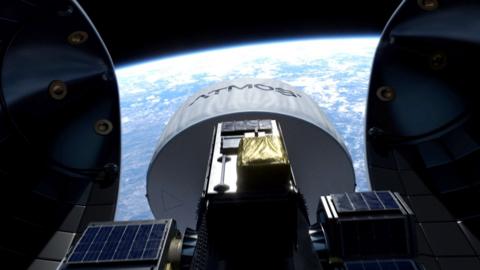Lab-grown food involves growing food ingredients, such as protein, fat and carbohydrates in test tubes and vats and then processing them to make them look and taste like normal food.
Lab-grown chicken is already on sale in the US and Singapore and lab grown steak is awaiting approval in the UK and Israel. On Earth, there are claimed environmental benefits for the technology over traditional agricultural food production methods, such as less land use and reduced greenhouse gas emissions. But in space the primary driver is to reduce costs.
The researchers are doing the experiment because it costs so much to send astronauts food on the ISS - up to £20,000 per astronaut per day, they estimate.
Nasa, other space agencies and private sector firms plan to have a long-term presence on the Moon, in orbiting space stations and maybe one day on Mars. That will mean sending up food for tens and eventually hundreds of astronauts living and working in space – something that would be prohibitively expensive if it were sent up by rockets, according to Dr Shamsul.
Growing food in space would make much more sense, he suggests.
"We could start off simply with protein-enhanced mashed potatoes on to more complex foods which we could put together in space," he tells me.
"But in the longer term we could put the lab-grown ingredients into a 3D printer and print off whatever you want on the space station, such as a steak!"


